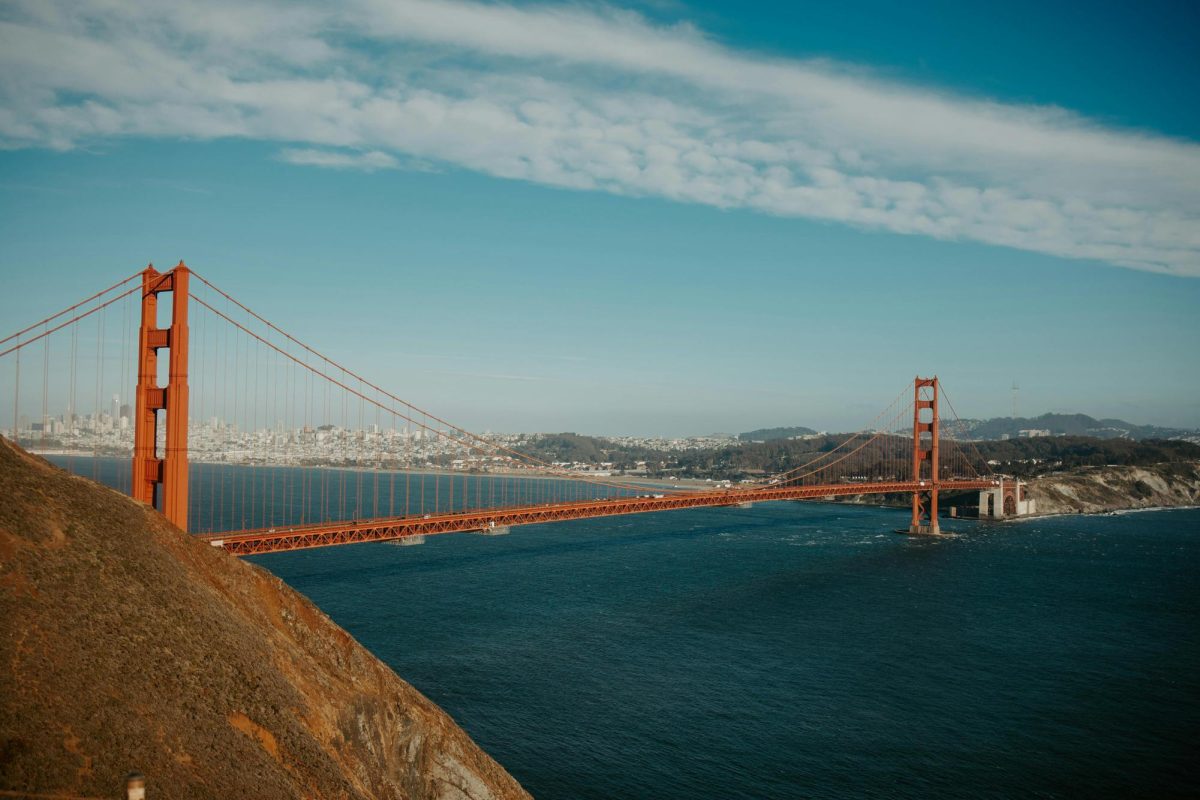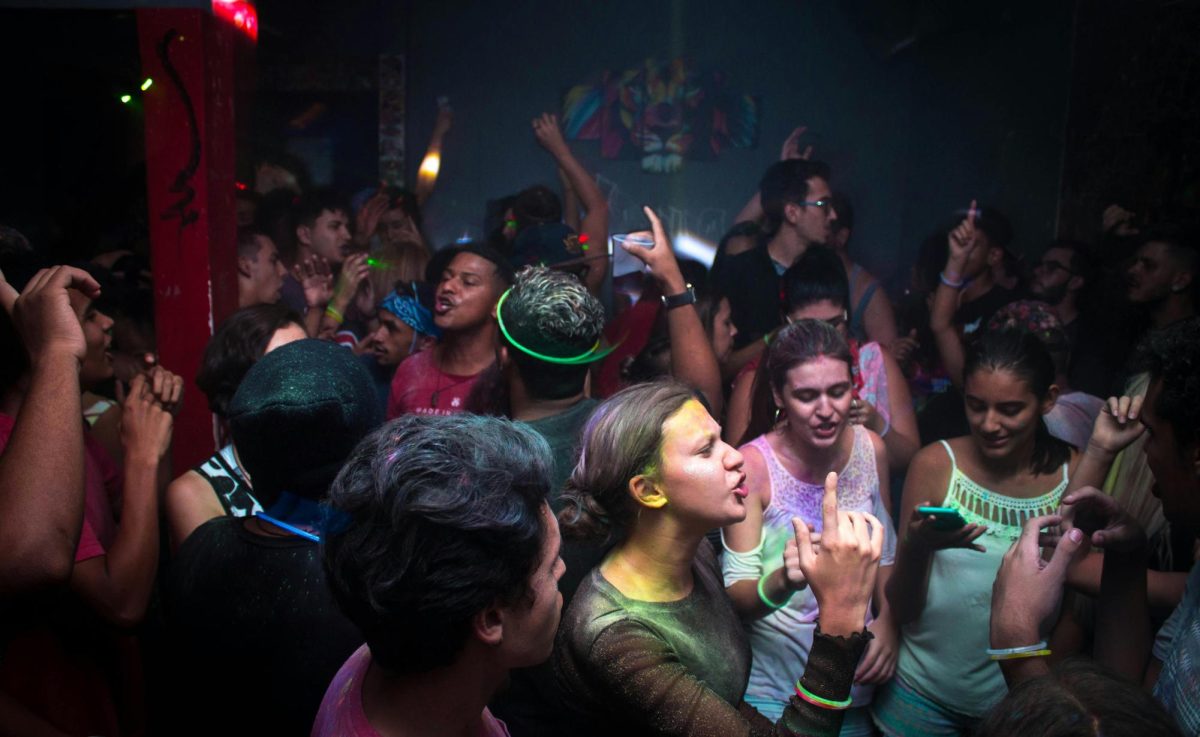San Francisco is a city that, for years, has been recognized as a bustling metropolis. It is located in the heart of both the Bay Area and Silicon Valley with a population of over 715,000. However in recent years, it has become a city faced with two completely opposing worlds. San Francisco is situated in the heart of the tech universe, it is notorious for some of the most expensive costs of living in the country and is home to some of the most highly renowned universities in the nation. Simultaneously, San Francisco is combating an overwhelming drug epidemic that has seemingly seeped into the heart of the city and has in turn increased crime, homelessness, theft and addiction.
In 2019, when COVID hit, San Francisco took early initiative in the hopes to avoid major outbreaks and implemented lockdowns and safety measures across the city. As a result, most downtown areas and major tourist hubs in the city were left abandoned and empty for months. During the pandemic, the city saw an increase in smash and grabs, where people broke into cars by smashing windows and taking anything of value. Similar methods were used during the pandemic to break into store fronts across the city. According to reports made by The New Yorker, during the pandemic, San Francisco’s property crime levels were over 40 percent higher than the national average.
Property crimes and smash and grabs weren’t the only issue San Francisco was faced with. In fact during the city’s lockdown, the demand for fentanyl skyrocketed and street sales only continued to increase. At the same time, health services and shelters remained ill equipped with tools to adequately tackle the increasing number of people in need.
According to an 18 month long investigation conducted by The San Francisco Chronicle, they found that cartels from both Sinaloa and Jalisco directly feed their product to dealers in San Francisco. That product is then distributed to buyers across various districts in the city including the Tenderloin and SoMa (South of Market St). The increase in drugs and drug use is reflected in the number of overdose deaths in San Francisco, rising during the first couple of months of 2023 as it continued throughout the year, recording around 800 overdose deaths at the end of the year.
According to city officials and residents, one of the main problems with tackling the drug epidemic is the inability to eradicate the source. In an interview conducted by The San Francisco Chronicle, Kevin DeMattia, who has called the Tenderloin home for the past 25 years, attributes the real problem to the revolving door of dealers stating, “It doesn’t matter how many you lock up; they would find a way to ferry more in the morning.”
The Tenderloin is a district in San Francisco that contains seemingly almost all of the drug users and dealers in the city. In the same interview, The San Francisco Chronicle spoke with Richard Corriea, a former San Francisco police captain, who alleged that, “There was this unstated policy to keep the drugs in the Tenderloin, keep the prostitution there, keep the parolees there.” As a result of this, residents living in the Tenderloin district as well as users surrounded by a constant flow of drugs have both been forced to face the issues that exist there until a solution is found.
Mayor London Breed has responded to the growing issue, pointing to a number of factors necessary in fixing the city’s drug crisis, including “collaboration between law enforcement, public health, and a variety of nonprofit service and treatment agencies.” However, not all city residents are satisfied by this response, with many highlighting the fact that San Francisco spent just over $76 million on programs to treat drug users and nearly $700 million to tackle homelessness from 2021 to 2022 alone with no visible signs of success. Despite millions in funds to address these issues, police officers in San Francisco are still reporting problems as a result of being understaffed; with departments noting major shortfalls in the number of officers overall.
In response to the lack of progress as well as reports from the police department that they were seriously understaffed, city officials announced they would no longer be relying on harm-reduction tactics. Instead they would be emphasizing an enforcement philosophy, which focused on the notion that drug use is a crime rather than focusing on it as a disease. In March of 2023, the Board of Supervisors implemented Mayor Breed’s request to increase overtime funding within the San Francisco Police Department by $25 million. That funding came in addition to $55 million that came in 2022 as well as another $60 million in additional funding that came in 2023.
Many residents and the Democratic Supervisor Dean Preston have noted that the additional policing doesn’t seem to be going in the areas most needed such as the Tenderloin and SoMa, but instead funding covers shopping and tourist hubs. Preston explained to a reporter with The New Yorker, “When I walk by a luxury hotel in downtown and I see four police officers standing there, just standing there, for hours, and then I walk four blocks away, to the Tenderloin, where I have a merchant who’s like, ‘Why is there no beat cop walking around here?” Preston continued, highlighting that the budget was not the issue, but rather the distribution of that budget. With Preston pointing to a fund for millions of dollars set aside for a mounted horse unit within San Francisco’s police department as a key example of the issues within the funds distribution.
Another major issue the city is faced with is the overwhelming number of vacant offices and buildings since most employees moved into their homes as a result of COVID and the pandemic. Due to increases in both property crimes and the drug epidemic during the pandemic, many stores and retailers closed their doors. In the following years, San Francisco saw its highest vacancy in retail and stores since 2006 with companies like Lululemon, Williams-Sonoma, Old Navy, Nordstrom and Christian Louboutin closing stores and handing keys back to landlords.
In June of 2023, Westfield closed the doors to their shopping mall saying that they would be walking away from the city as a result of the increasing issues within its downtown areas and the “challenging operating conditions.” In fact, according to CNN nearly 40 retail stores have shut their doors in Union Square, one of the city’s major hubs, with others closing in areas nearby. Stores and companies aren’t the only things leaving San Francisco, according to the U.S. Census residents are leaving the city too; an estimated 60,000 people or 7 percent of the city’s population have left in the last two years.
In addition to residents leaving and the increasing decline in conditions downtown, tourism, one of the city’s major sources of revenue, was put on pause during the pandemic and has not recovered in the years since. Tourism is one of the largest external revenue generators for the city and its decline has caused economic challenges and issues San Francisco has yet to fully address. Coupled with residents leaving, companies shutting stores, and drugs flooding the city’s streets, San Francisco is either ripe for a turnaround or a glaring example of what can happen to a city when its leaders do not or will not step up.








Mike Emery • Oct 24, 2024 at 12:49 am
This is a very thoughtful article. I am now struggling with the mayoral candidates since the issues are daunting and the rhetoric is confusing.
Jo Ann Walborn • Sep 1, 2024 at 12:17 pm
Very informative. I used to live in SF from 1975 to 1981 and it was wonderful. I did not realize the degree of issues facing the city and its current decline. Makes me very sad to hear…but necessary in order to shine a light on what needs to be done to turn it around. It is such a great city that deserves only the best minds, hearts and courageous leaders. Thank-you for opening my eyes. ❤️
Mike Anthony • Jul 5, 2024 at 6:42 pm
A very impressive article